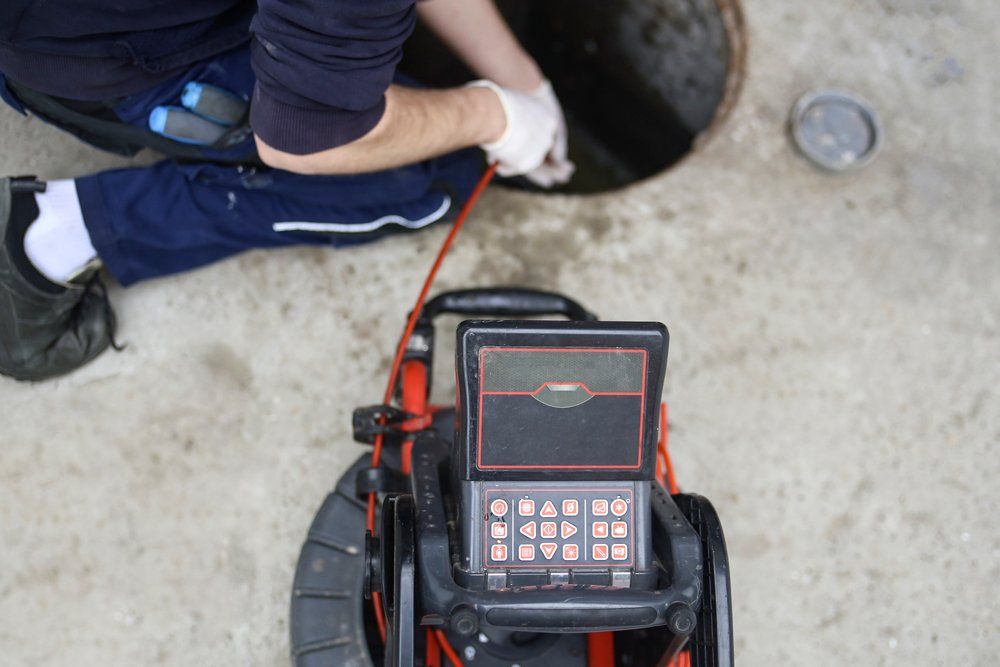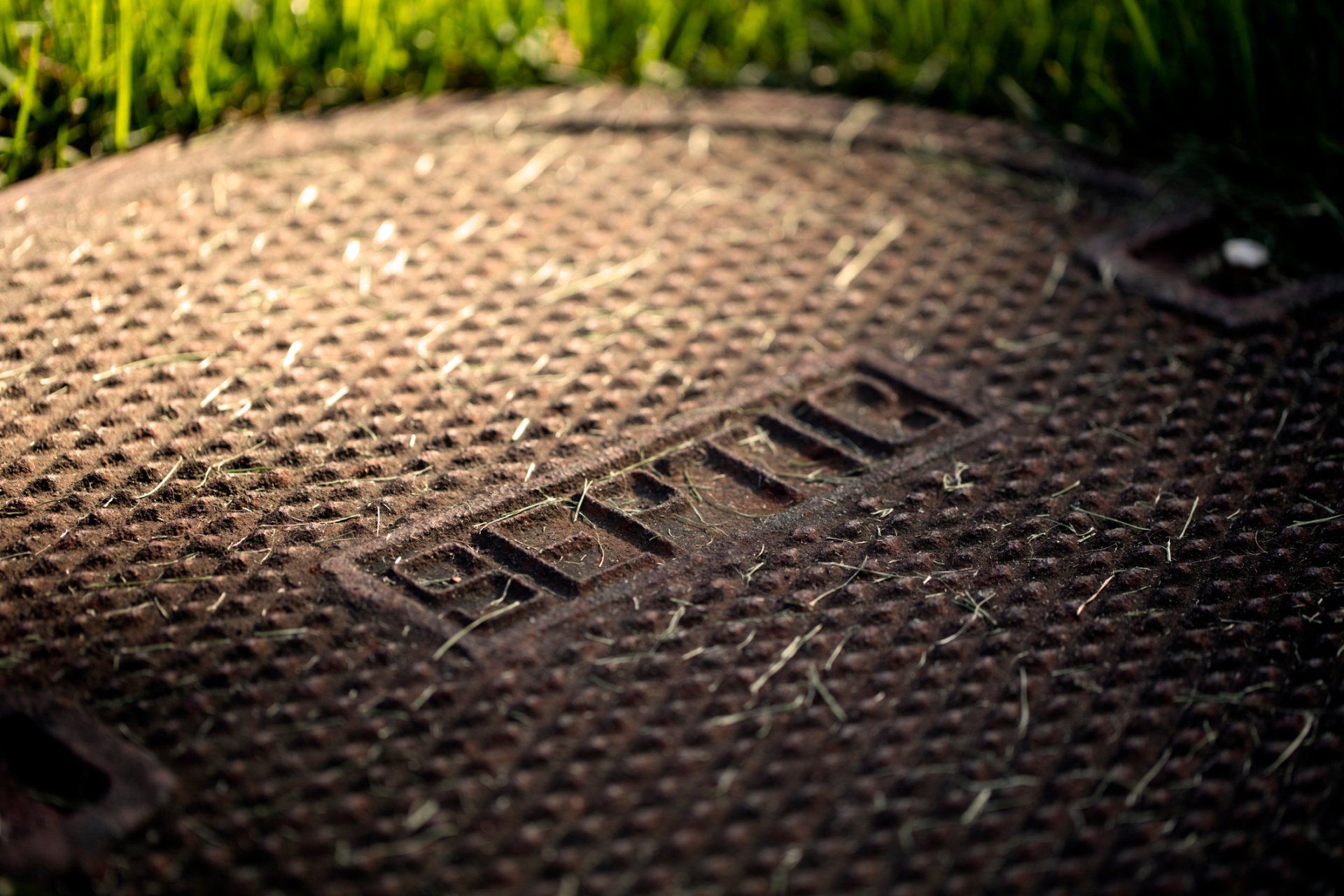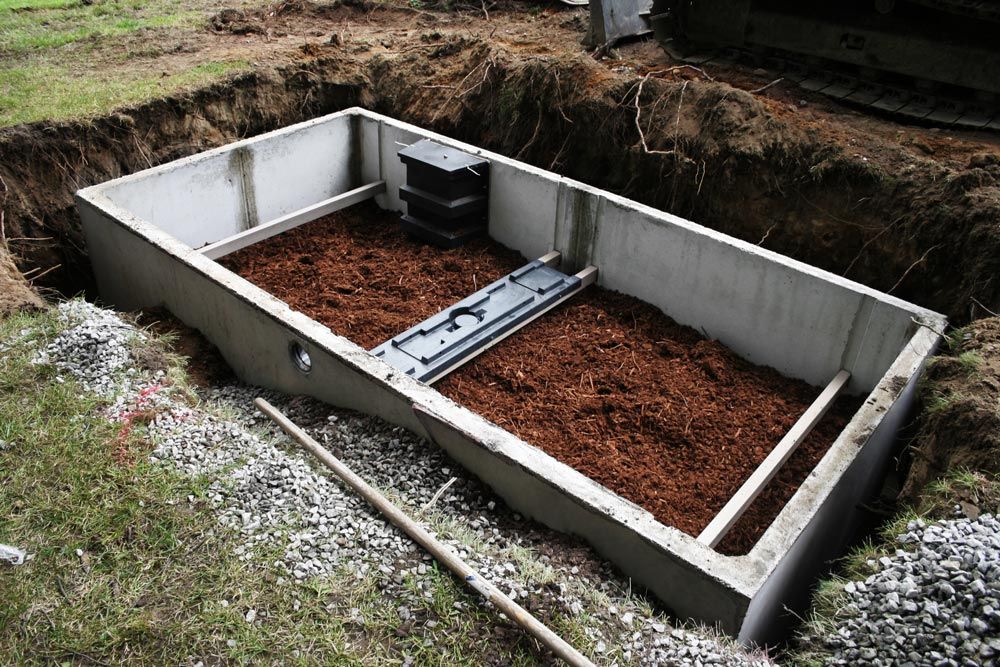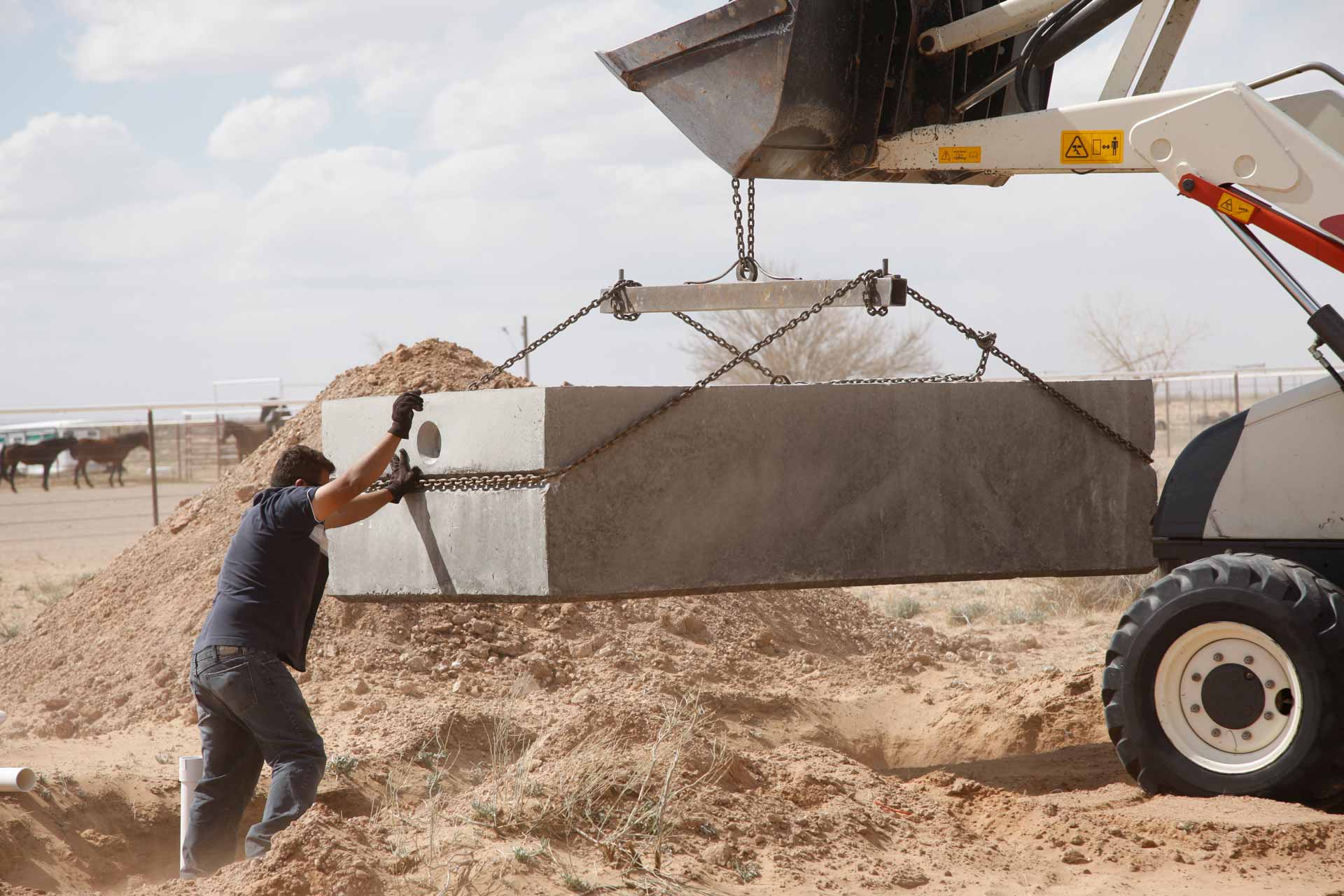Understanding Your Septic Drainage System
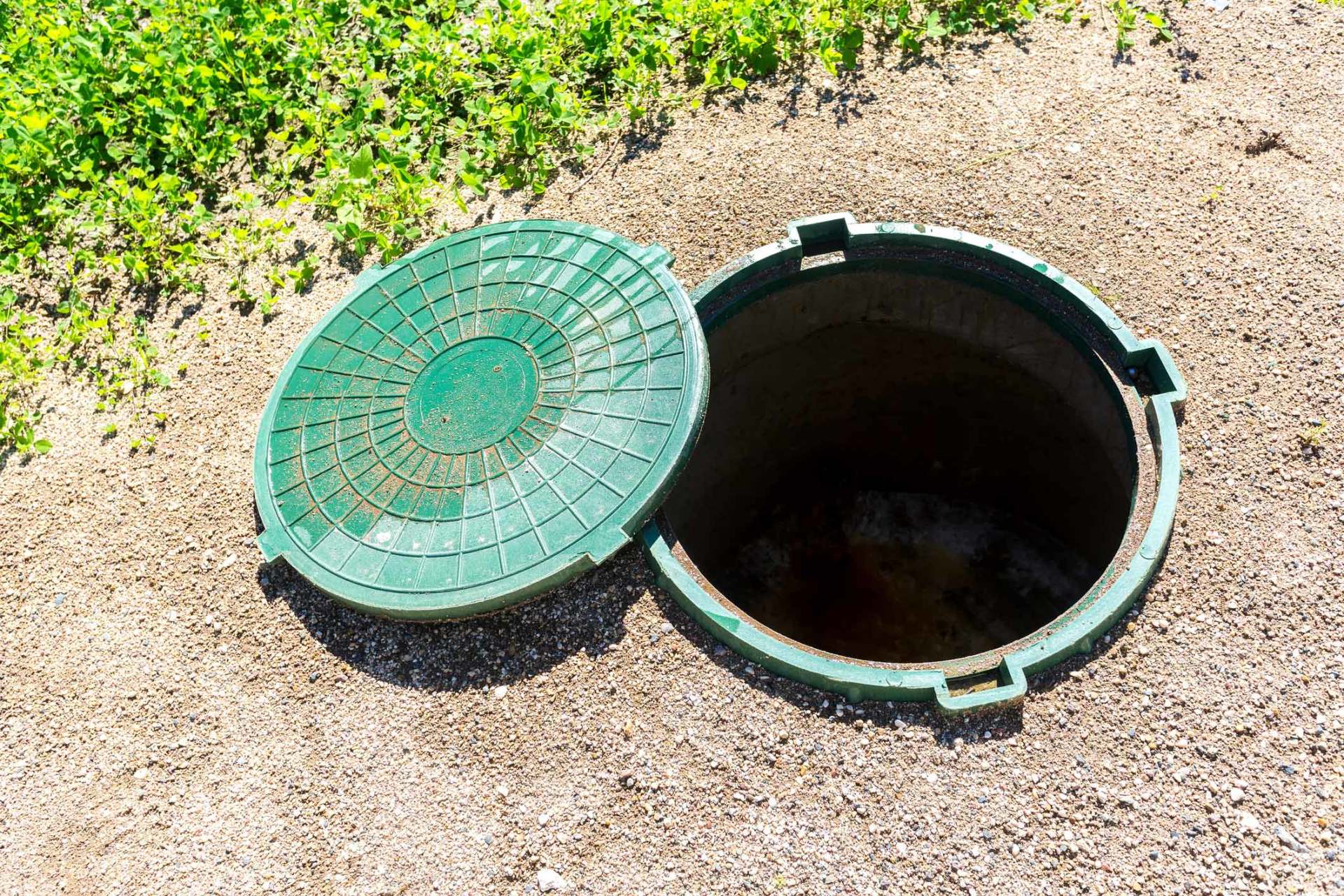
A home's septic system consists of two main parts, the septic tank and the soil absorption area, also called a leach field. The absorption area shouldn't be relegated to an afterthought because many septic system failures originate in the field. Gain an understanding of how your septic drainage system works with regards to the soil absorption area to better be able to safeguard it.
Septic Soil Absorption Area Basics
The septic tank collects the organic matter and other floatables that the household flushes into the system. It holds onto the water long enough for solids to settle to the bottom. The result is three layers inside the tank - the settled solids, water, and a layer of sludge on the top made of grease and oil.
The tank then discharges the effluent, or the remaining liquid in the tank, into the soil absorption area. A system of perforated pipes or other release units slowly let the effluent leach into the soil. The soil further removes pathogens and impurities from the effluent through the process of percolation. The water is then pure enough to enter the water table.
Never flush chemicals such as paint thinner or varnish because they can contaminate the soil and even leach into the groundwater.
Septic Soil Absorption Area Size and Placement
The size of your household will determine the size of the tank, which will determine the size of the soil absorption area. A factor that goes into sizing the leach field is the soil's rate of percolation. A good rate might be three minutes for one inch, while a bad rate might require a full hour. Septic experts are the best at these determinations.
Naturally, the leach filed area must be near the septic tank. What's more, the septic system works primarily via gravity. Therefore, the field should be at a lower elevation than the tank, which ideally is at a lower elevation than the house. If such a location isn't feasible, homeowners have to invest in a lift station or pump to move the water from the tank to the absorption area.
Divert runoff water, such as from roofs and patios, to avoid soaking the leach field. Soaked soil offers a lower percolation rate.
Signs of a Failed Soil Absorption Area
A septic system relies heavily on the soil in the absorption area percolating the effluent. When the system handles primarily bathroom waste, the soil has no problem with percolation. Unfortunately, grease and oil floating on top of the water flow into the field. When they enter the soil, they settle and bind the particles to make clay, which reduces percolation rates.
An early harbinger of a failing field is the presence of suddenly lush, green grass, which indicates the lawn is receiving more nutrients from the waste below. Spongy grass or muddy soil indicates water from the drains is backing up. Strong odors around the septic system area are the biggest hint the soil absorption field is failing.
Safeguarding Tip: Avoid pouring grease and oil into your sink.
Location of Your Soil Absorption Area
If you have your house custom-built, you may be involved in the process of locating the septic system. However, many people buy homes with an existing system. You'll want to know where your system to watch for signs of failure.
The realtor or selling homeowner can usually show you where the soil absorption area is located. You may also have a "record drawing" or "as built" diagram available to you through your local county office. If you don't have such road maps, look at the areas lower than the house for manholes or shallow, parallel depressions, a likely sign of the leach field trenches.
Avoid driving onto the absorption field or building structures on top. The weight will compact the soil, which inhibits its ability to percolate effluent.
Once you have the basics of how the soil absorption area works within your septic system, sign up for a maintenance plan to keep the entirety in working order. Pete's Outflow Technicians offer a variety of septic tank cleaning services.

